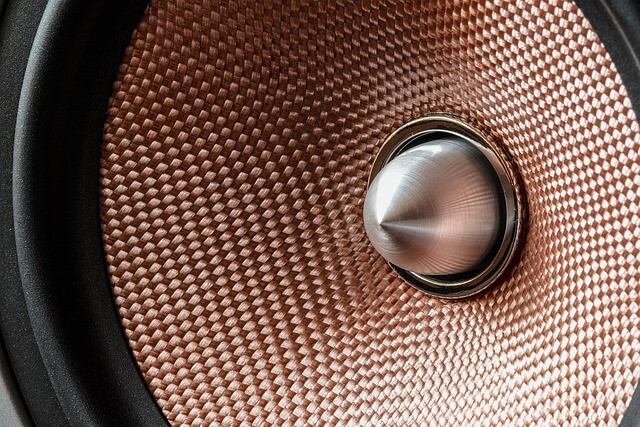When Speakers Speak Too Much
In most retail and business spaces, sound has a job. It sets tone, guides movement, fills silence. But when that sound becomes too loud, too frequent, or too scattered, it can undo the very comfort it meant to build. Some places use audio as a tool. Others, without meaning to, turn it into a problem.
Not every space needs music playing nonstop. Not every message needs to be heard every five minutes. Yet it happens. Stores overplay reminders. Offices fill lobbies with busy loops. Restaurants blast tracks that shift moods every few seconds. Instead of helping, these sounds distract. They push people to tune out or worse, walk out.
That’s where the value of thoughtful design comes in. Commercial audio speakers, by themselves, aren’t the problem. In fact, they’re built to improve audio quality and direction. The trouble starts when those speakers deliver too much. A system may be powerful, but without control and intent, it overwhelms.
Some managers raise volume to fight outside noise. Others want announcements to reach the back. But more isn’t always better. If the sound forces people to speak louder, cover their ears, or skip parts of the store, it breaks the experience. Music becomes noise. Words become clutter.
Well-planned commercial audio speakers help prevent this. They don’t just make things louder. They shape the path of sound. When installed with care, they allow for zoning, volume control, and timed delivery. That means a café can have soft background music that fades near the till. A retail shop can send one message to the entrance and another to the fitting rooms. These quiet touches do more than fill air they guide how people feel.

Image Source: Pixabay
There’s also the problem of repetition. When a store plays the same five tracks, or repeats a promotional message every few minutes, customers notice. Even if the volume is fine, the content grates. People feel pushed. That feeling doesn’t lead to longer visits or larger purchases. It leads to discomfort, which they often solve by leaving.
Some places solve this by adding smart audio scheduling. They change playlists by time of day, adjust messages based on crowd levels, or go silent during slower hours. It’s a simple idea: give the ears room to rest. Silence, at the right moment, says more than any speaker can. It creates space for people to focus, breathe, and feel more connected to where they are.
In shared spaces like gyms or salons, too many audio sources clash. A workout zone plays one track. A spa area plays another. The waiting area runs a TV. Without coordination, the sound layers over itself. Even strong commercial audio speakers can’t fix this. The issue lies in planning, not equipment.
Good sound design starts by asking: What role does audio play here? Is it meant to energise, relax, inform, or guide? The answer shapes not just what people hear, but how much they hear. In many cases, reducing output not adding brings better results.
Staff feel this, too. When the audio system is too loud or messy, they grow tired, distracted, or tense. This affects service, pace, and attitude. A space that wears down the team also wears down the brand. Over time, that stress shows up in how they speak, move, and engage with customers.
Using commercial audio speakers well means treating sound as part of the design, not an afterthought. The goal isn’t to fill every second with music or talk. It’s to let the sound do just enough no more, no less. That restraint takes effort, but the reward is clear: calmer customers, focused staff, and a space that feels just right.
Comments